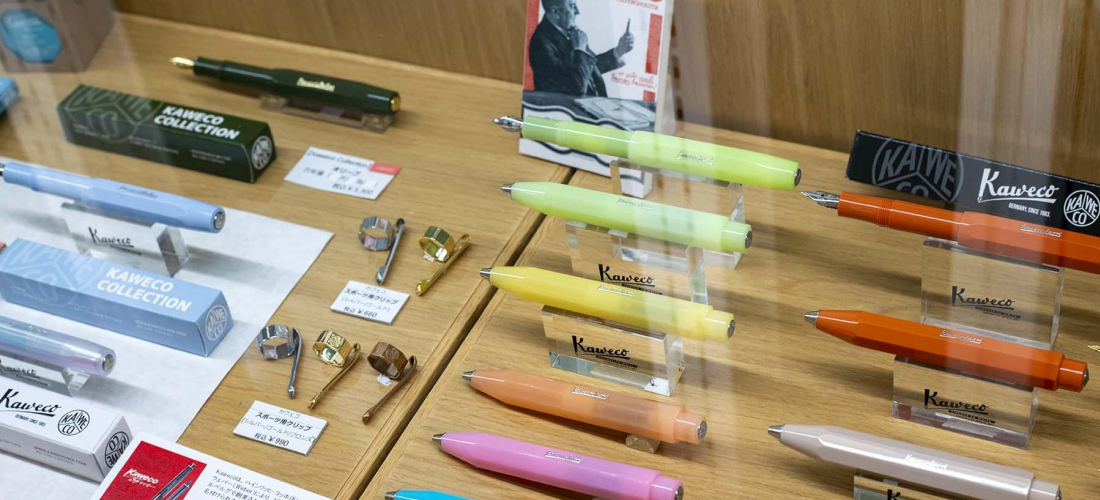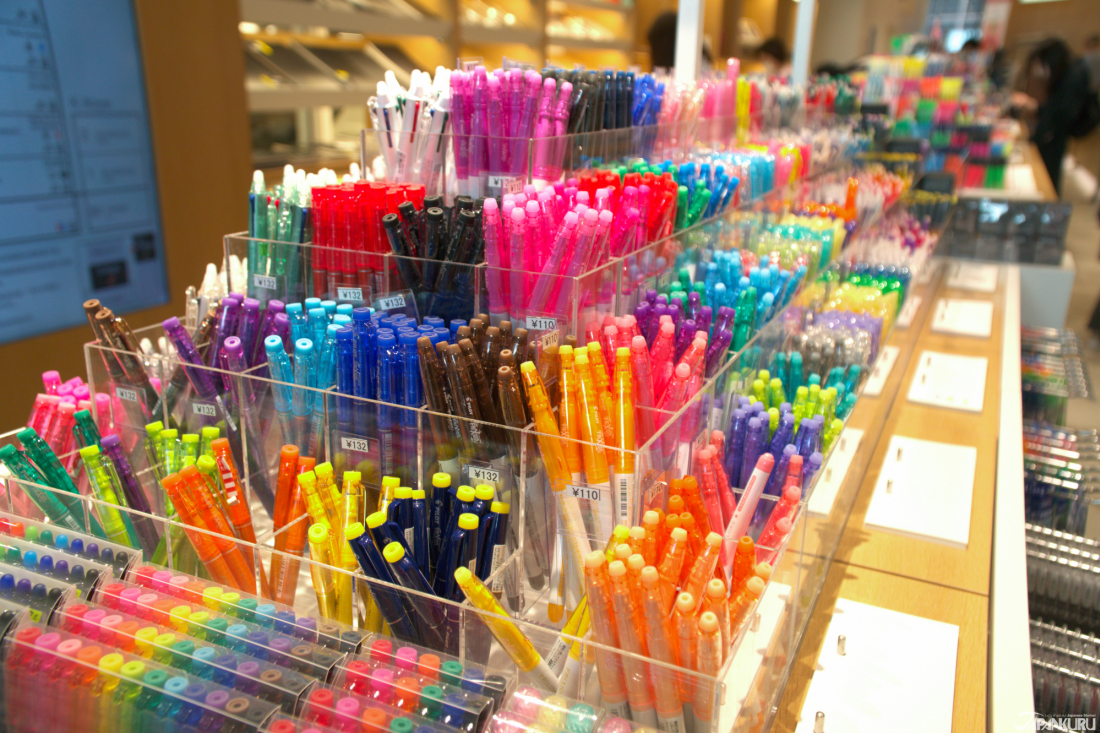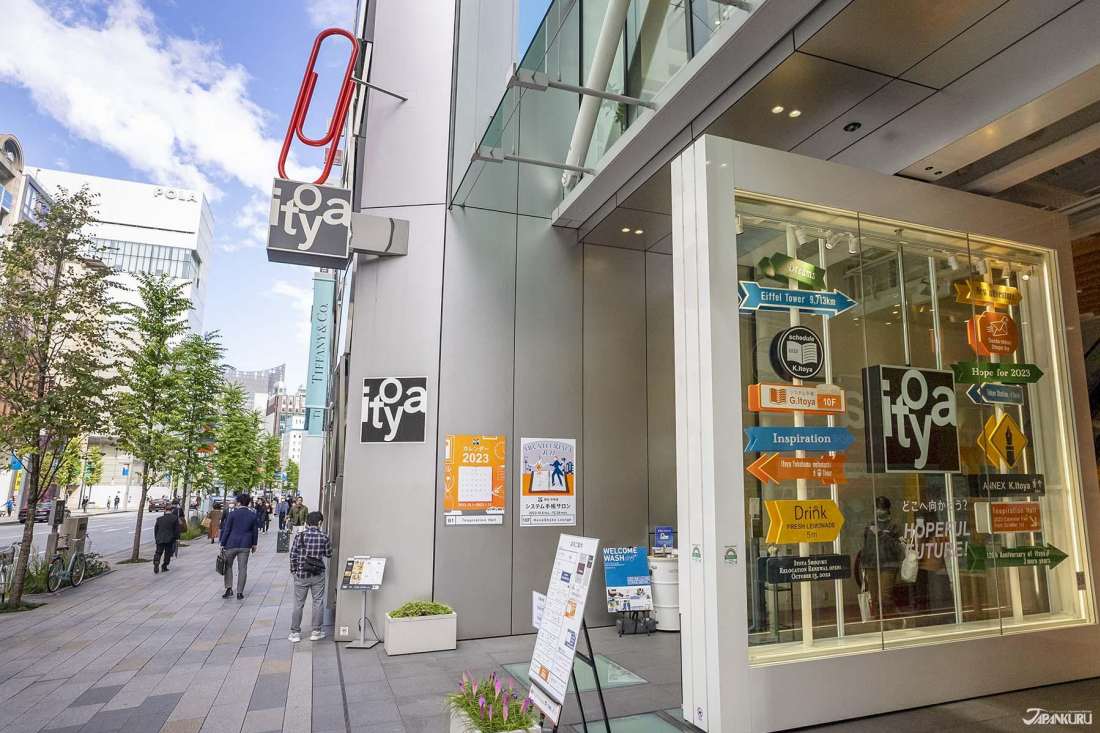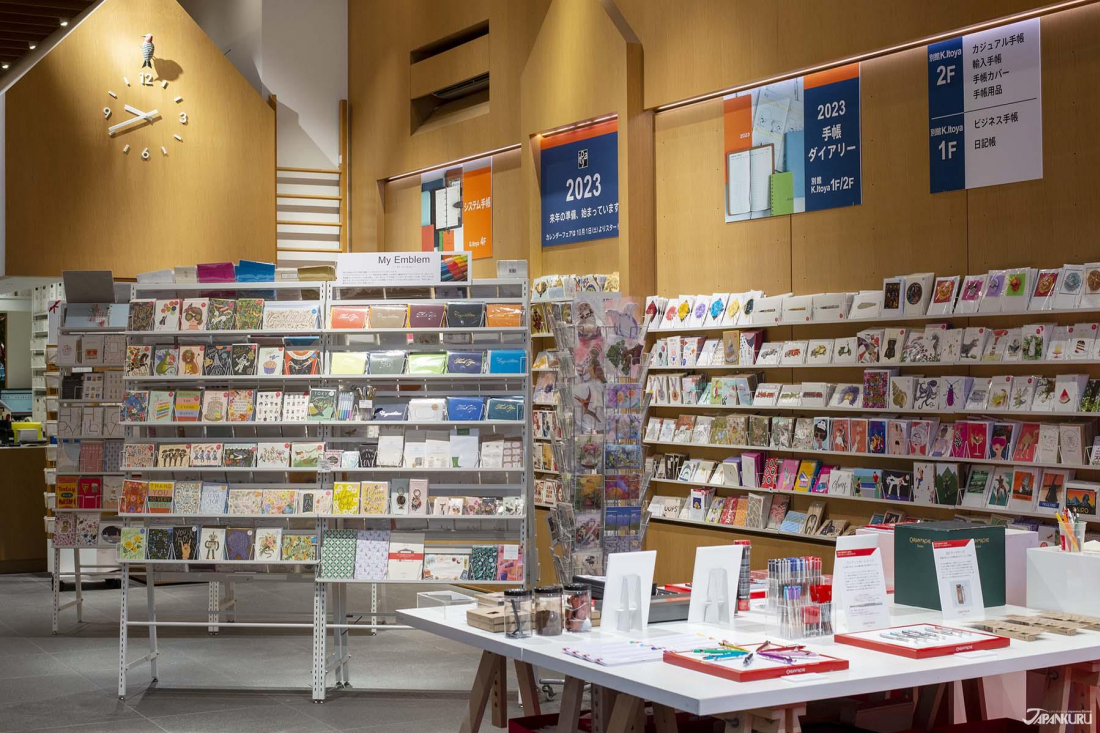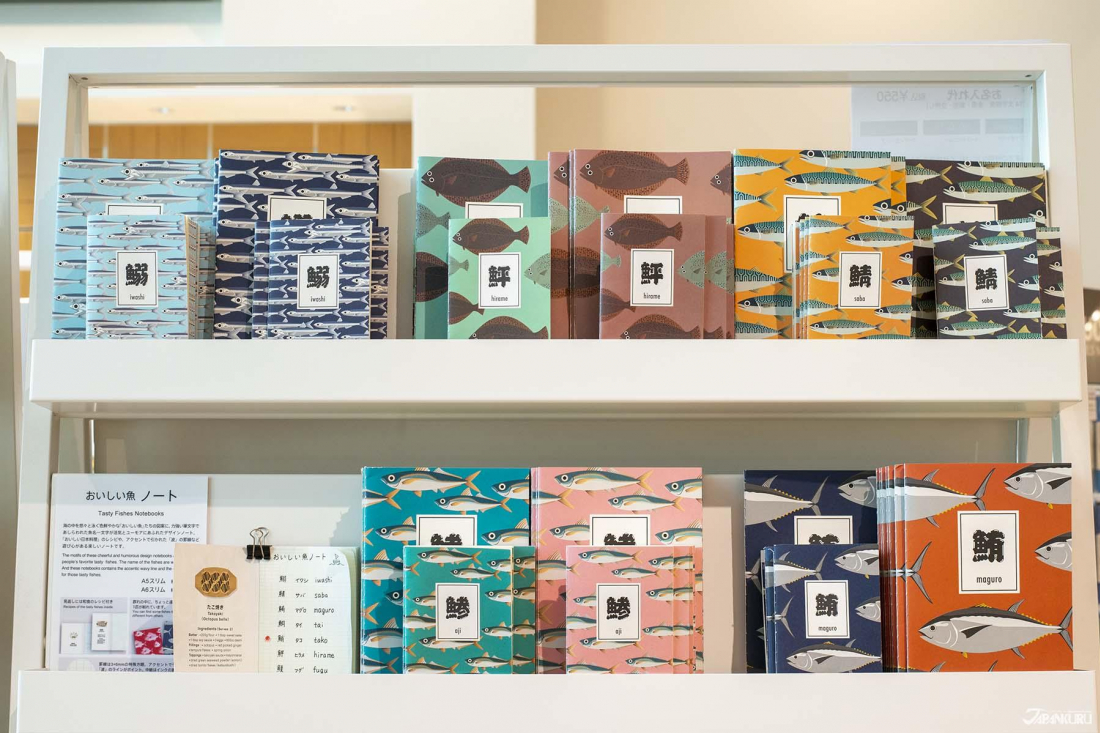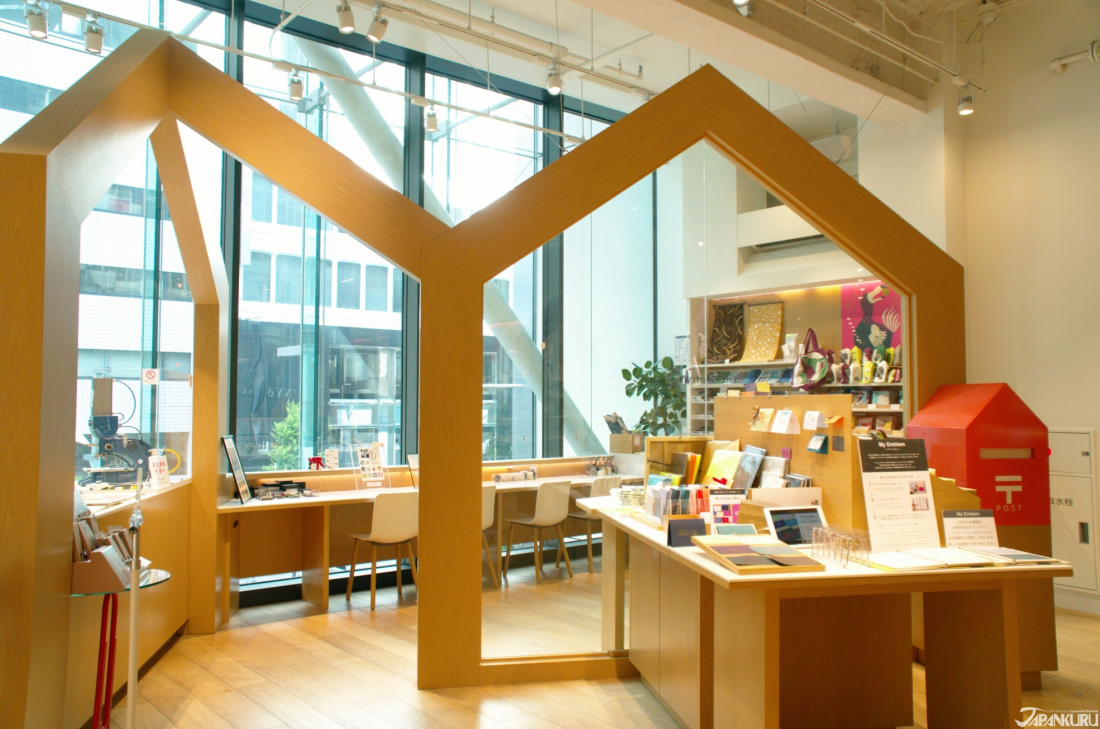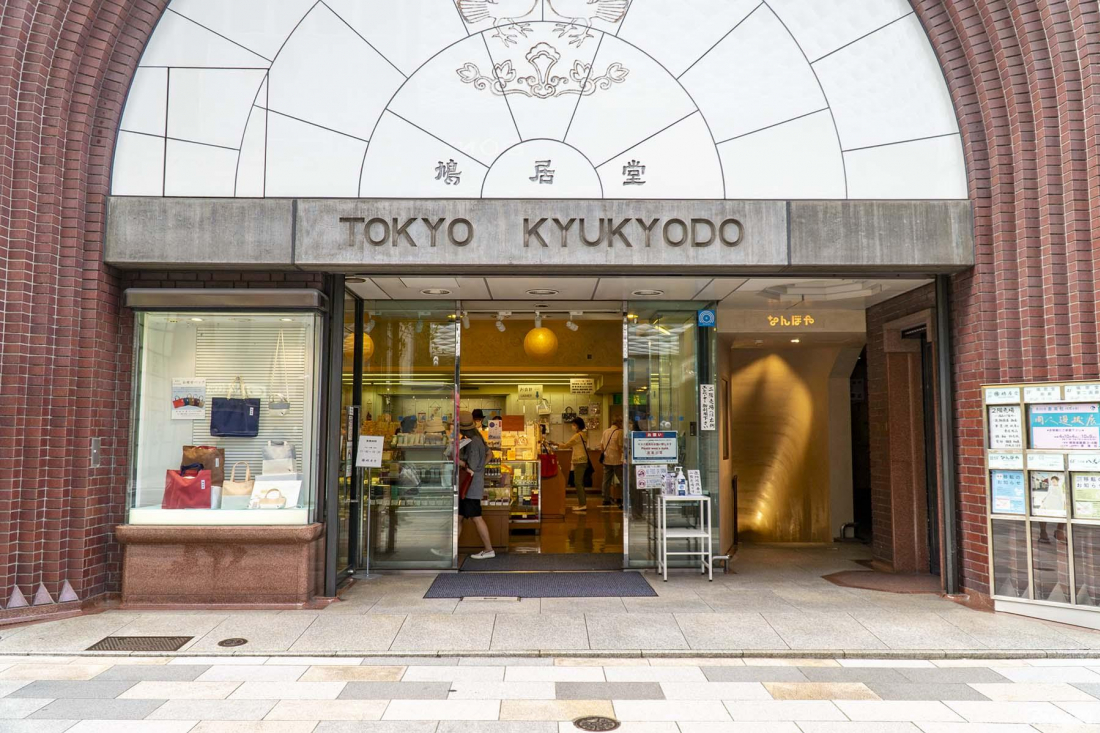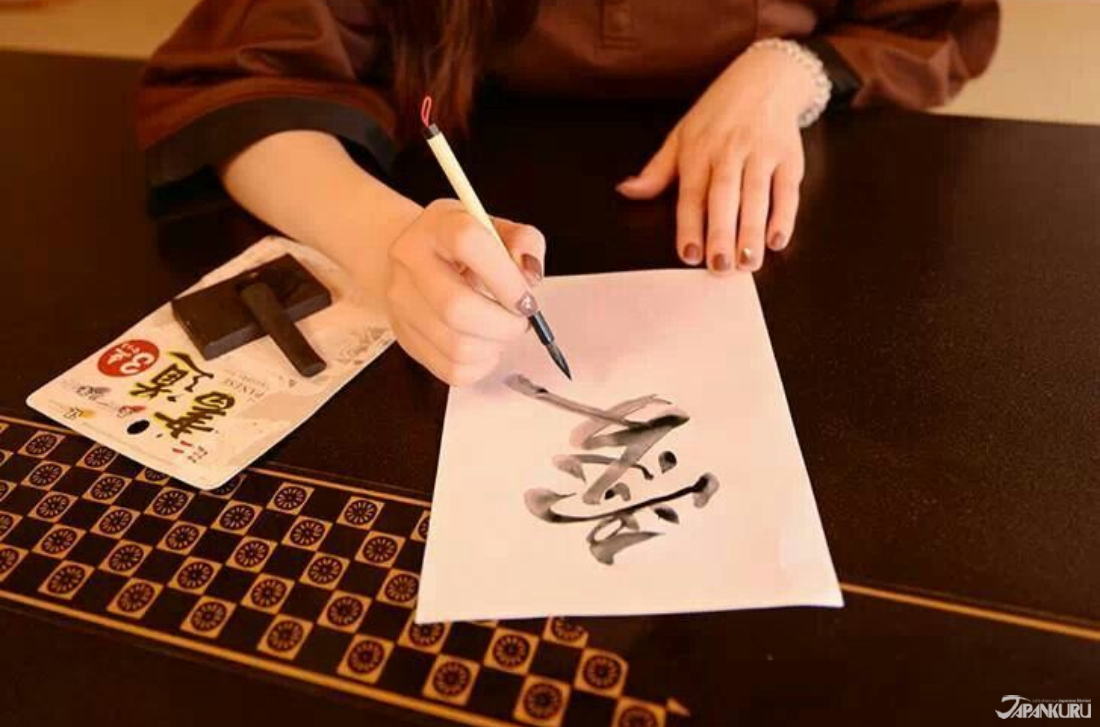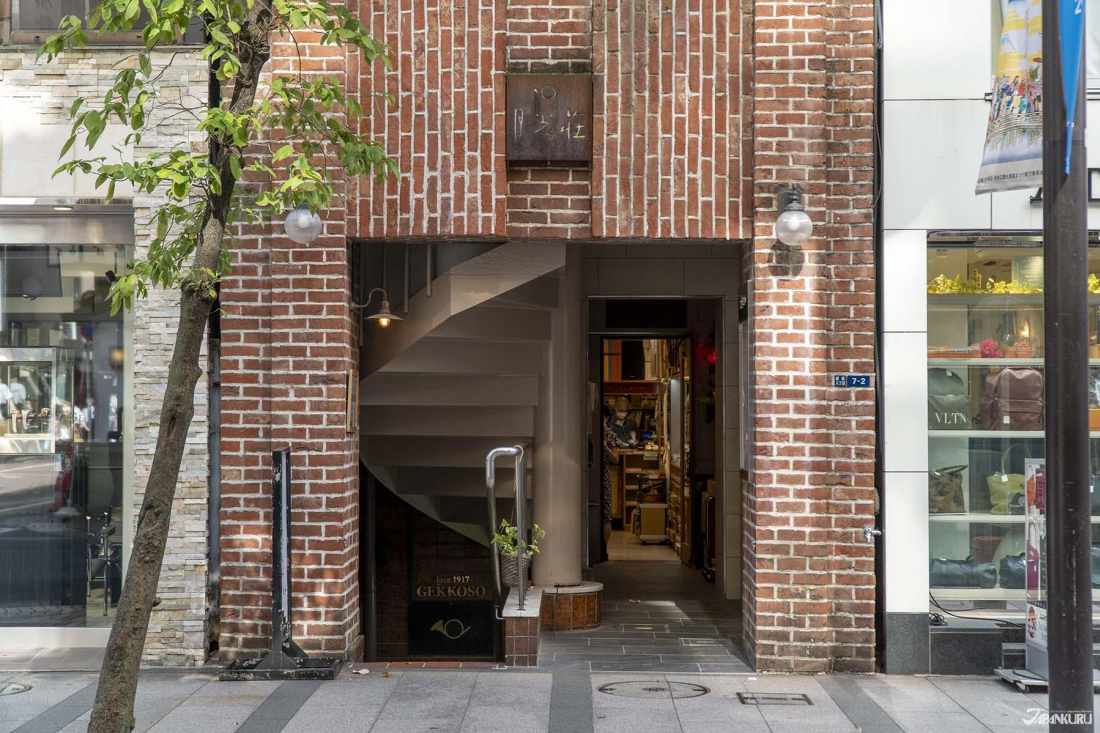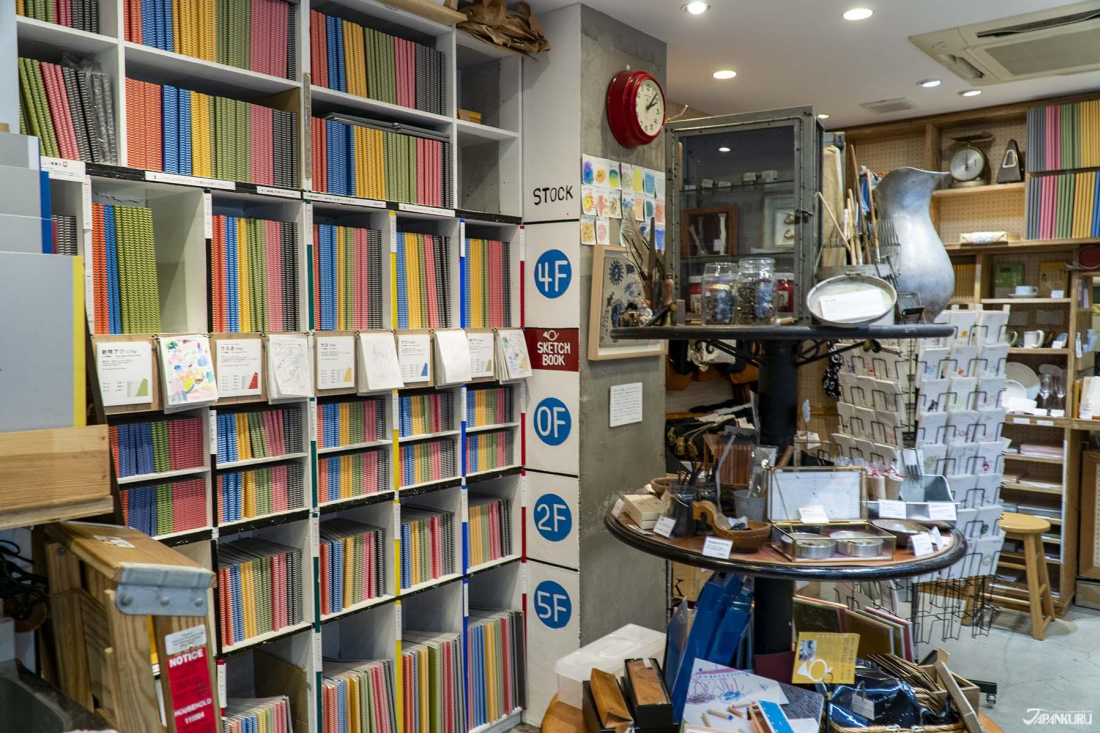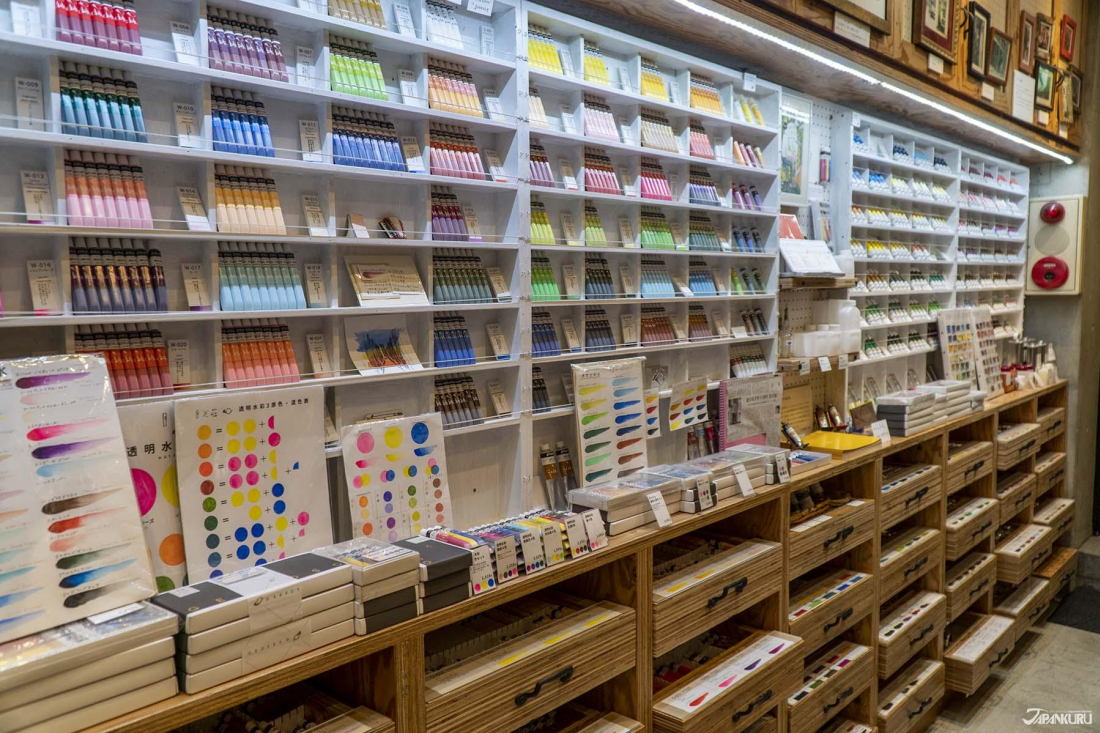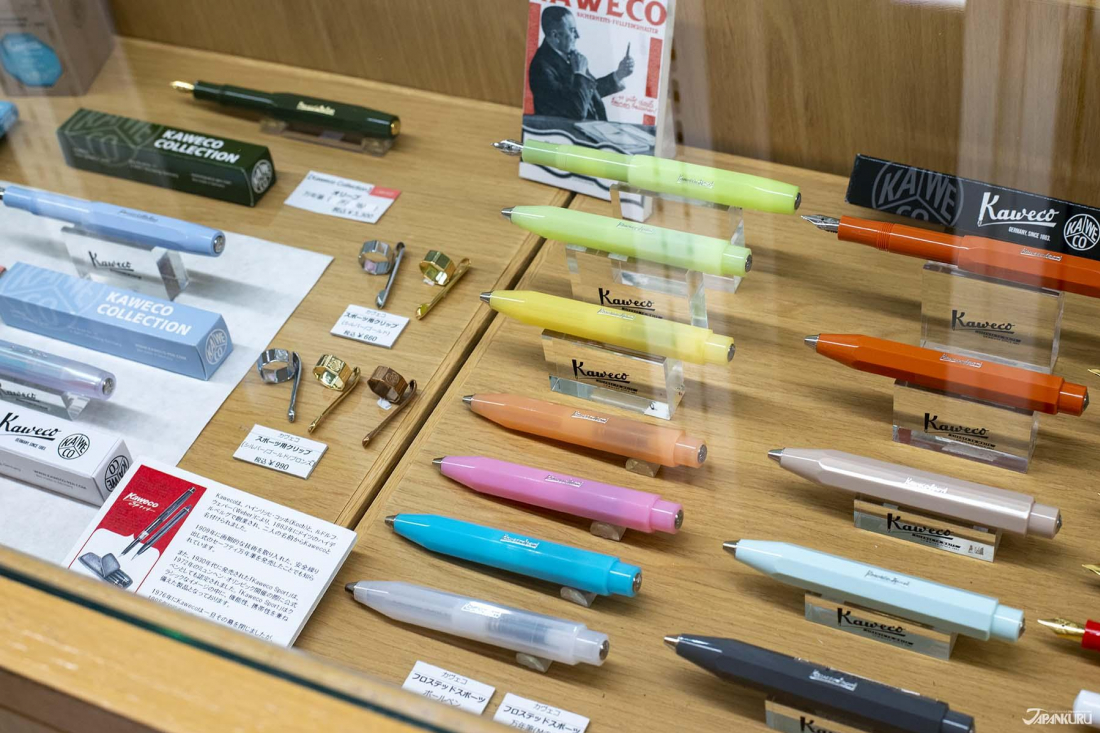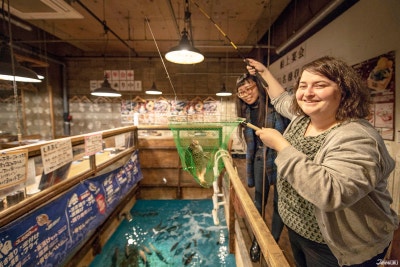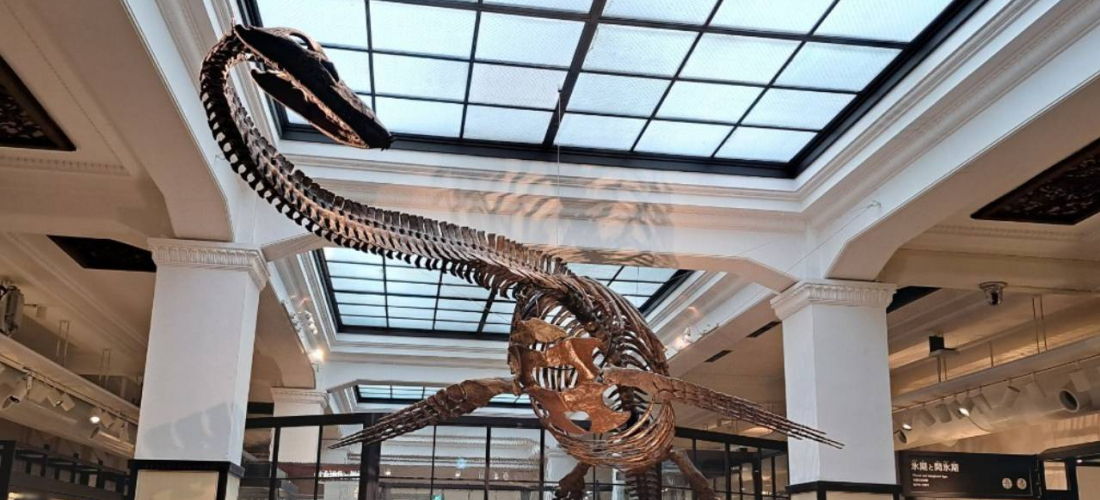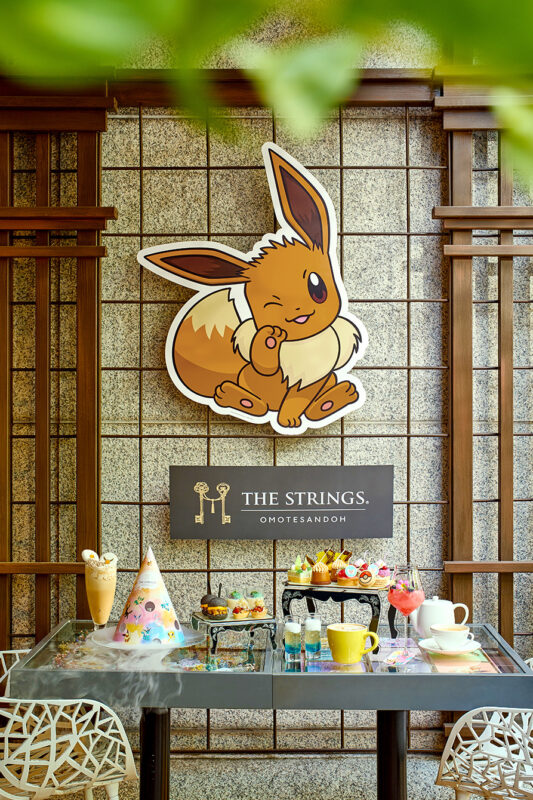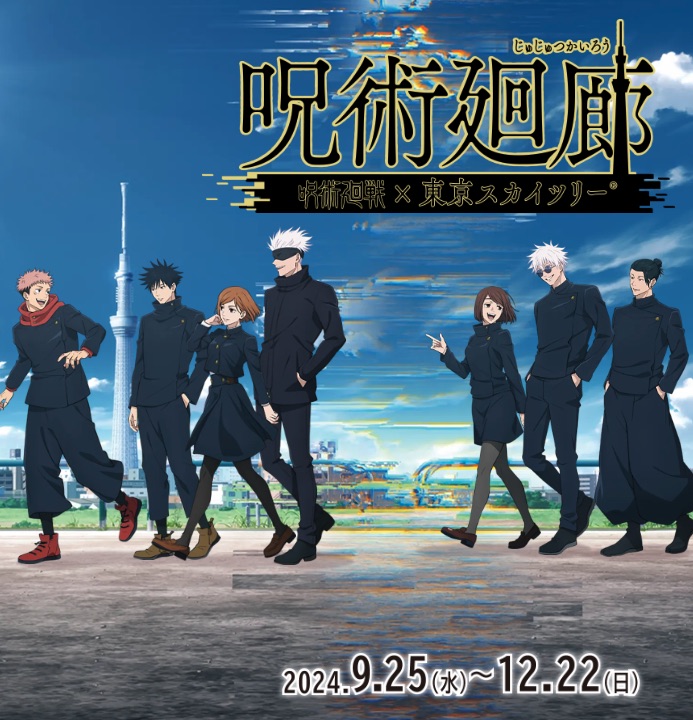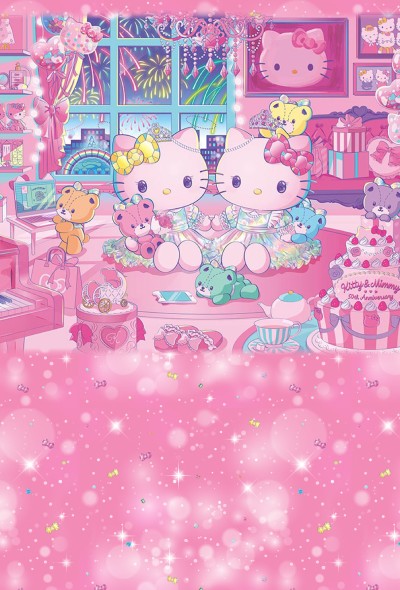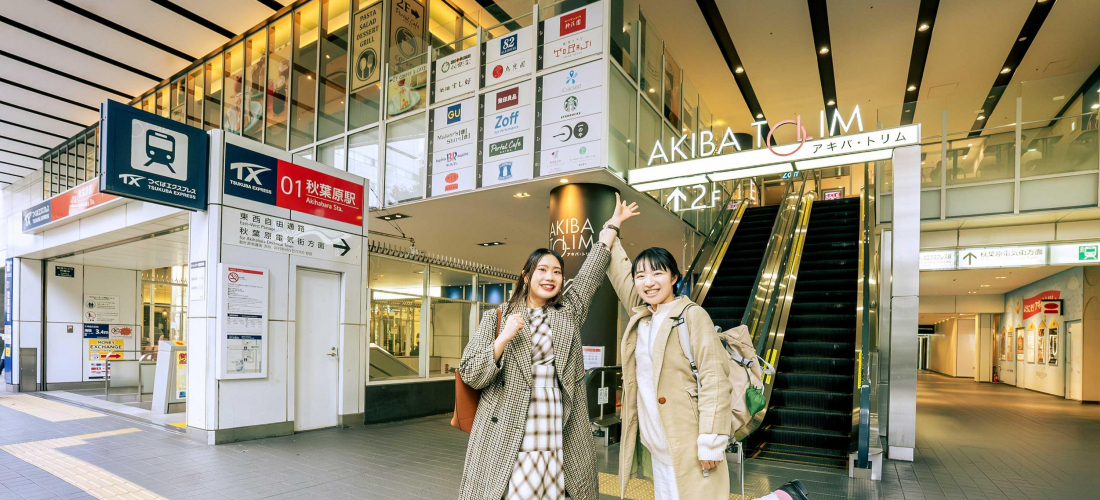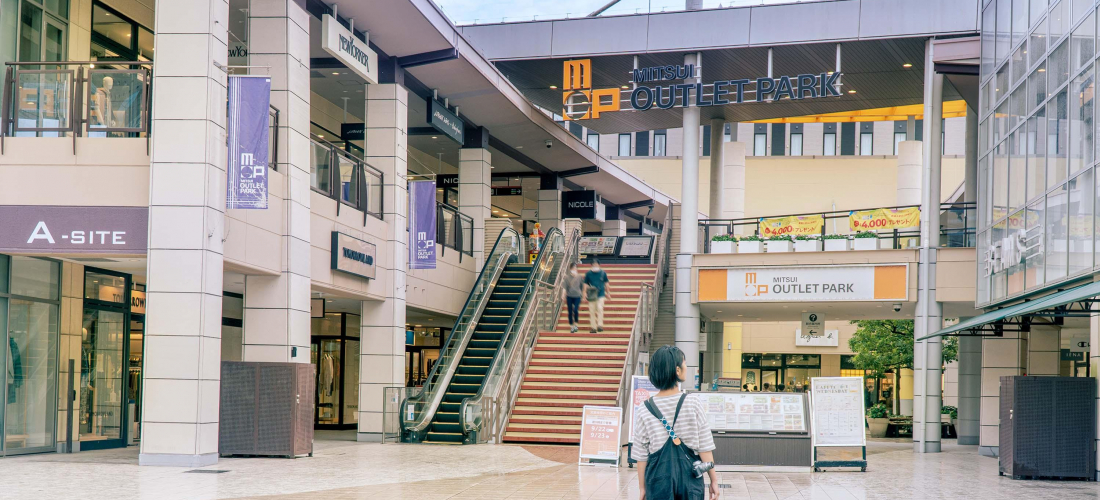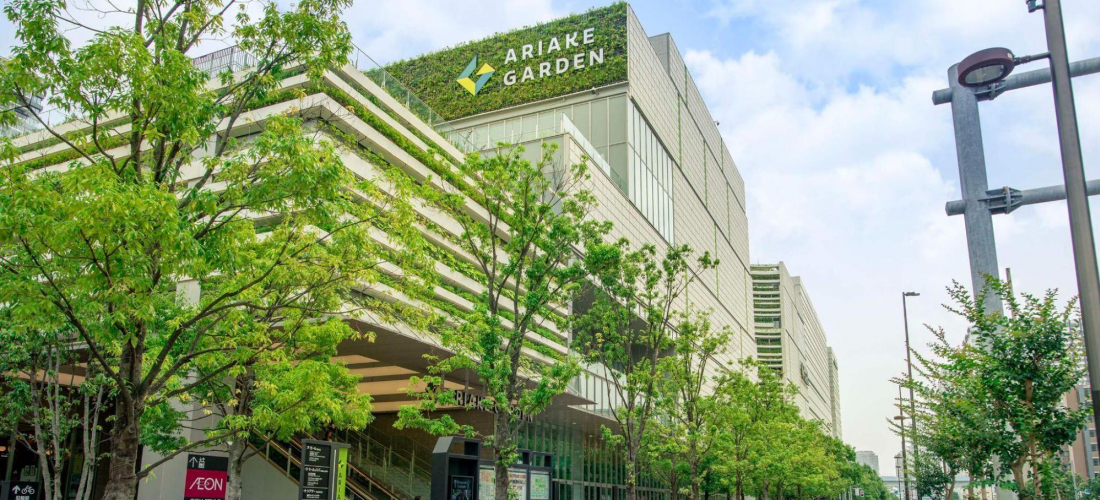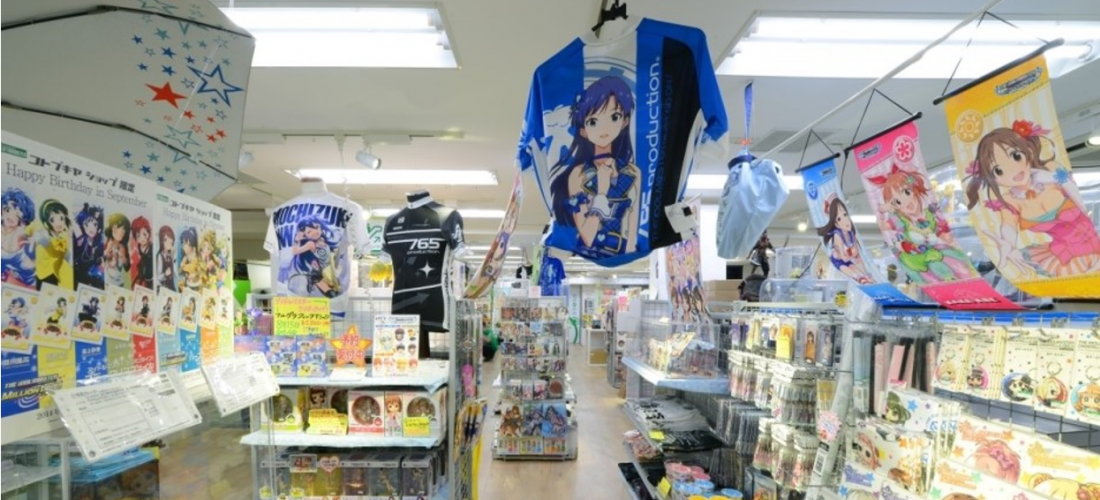CONTENTS
Love the neat designs and consistent quality of Japanese stationery? We’ve got some stationery shopping tips for you.
Japan: A Country of Stationery Lovers
Thinking back to the elegant ink paintings and calligraphy found throughout the centuries of Japanese history, perhaps it's no surprise to find that the country has long had a love for all things stationery. The tools of the trade have changed over the years, and for most people in Japan scrolls of washi paper and natural hair calligraphy brushes have been replaced by colorful notebooks and things like erasable pens, but the love of pens, paper, cards, letter sets, notebooks, stickers, office supplies, and much more, can be seen in the wealth of products that still hit store shelves year after year. In recent years, Japanese stationery has earned an international reputation, due in part to a handful of Japanese manufacturers that have found niches overseas (ever bought a pen made by Pentel, Pilot, or Uni?), but also thanks to the unique innovation that comes from producers big and small throughout Japan, and the consistent quality. Travelers arriving in Japan from all over the world come hungry for cute stationery creations and sleek styles – if you've got a hankering for some new pens and paper, we've got some suggestions for where to find the right Japanese stationery for you.
➤ Itoya
If you've got some time to shop for stationery in Tokyo, Itoya is the place to start. With 10+ floors of shelves and beautifully designed displays in two buildings, ample spaces set aside to test out pens and paper or even design your own notebooks, and areas for activities like letter writing – plus a breadth of products that will take your breath away – we could see spending a whole day on stationery shopping in Itoya. They can even keep you fed at their cafe (which uses lettuce grown in-store)!
Itoya's stock ranges from the most basic pen and paper great for taking notes or writing a postcard, to designer fountain pens that cost as much as a car, and walls of craft paper in every shade of the rainbow. But that doesn't come close to covering the variety! The many floors, divided into themes, hold pens, pencils, notebooks, greeting cards, staplers, and scissors of course, but also paints and canvases, laptop bags and notebook covers, office furniture and home goods, scrapbooking supplies and multi-colored origami paper, plus much more. The brands on display also come from all over the world, including plenty of Japanese manufacturers, carefully selected international favorites, and quite a few products from Itoya's own brand – like a set of beautifully designed fish notebooks inspired by delicious Japanese fish dishes!
Other than the fantastic selection and beautifully designed spaces, Itoya also has quite a few areas that let stationery lovers get the most out of their hobby. You can customize your own notebooks or postcards, with all kinds of paper and printed designs, or put together your own pen in a variety of colors. You can even sit down in their postcard-writing corner (perfect for those of us who like to write postcards but never seem to get it done), write your message with a selection of pens from the shop itself, purchase one of their original (real) postage stamps, and send it off in their own sleekly-designed (real) mailbox! Itoya feels a little like a stationery theme park, and the bright red paperclip sign out front (a nod to old-fashioned shop signs) is there to guide you right to the entrance!
Itoya (伊東屋)
2-7-15 Ginza, Chuo City, Tokyo
Hours:
Mon ~ Sat: 10:00 – 20:00
Sun & Holidays: 10:00 – 19:00
Official Website (en)
➤ Kyukyodo
Kyukyodo is a stationery shop for those who love a little tradition, with more Japanese calligraphy brushes than colorful pens to fill the shelves. It might be conveniently located just down the street from Itoya, but this is a very different kind of store! Kyukyodo has been around since 1663, and while the current building might not reach back that far, even the modern facade features a rather majestic brickwork arch, and the shop's logo etched into stone above the entrance.
Walk in, and you'll find a wall of colorful paper printed with old-fashioned Japanese designs, and racks of greeting cards decorated with traditional imagery, particularly seasonal flora. There aren't very many spiral-bound notebooks, but there are plenty of accordion-bound Japanese-style books filled with pages of creamy blank paper! Many of these are meant to be goshuincho, but there's nothing wrong with filling them with sketches or your own calligraphy. Just don't forget to pick up a nice new calligraphy brush at Kyukyodo while you're there, along with some ink and a beautiful box to keep your calligraphy things in. Kyukyodo has been focused on their core offerings of "pens, ink, inkstones, and paper" for more than 350 years, with a selection that now ranges from beautiful new items to precious antiques, so if you love Japanese calligraphy, you'll find what you need here!
Even for those who don't need any new brushes or sumi ink, the store is full of beautiful items, with plenty of products that don't necessarily fit neatly into the "stationery" label, like a whole shelf of Japanese incense!
Kyukyodo (鳩居堂)
5-7-4 Ginza, Chuo City, Tokyo
Hours: 11:00 – 19:00
Official Website (jp)
➤ Gekkoso
Down a Ginza sidestreet, Gekkoso is a third-generation family-owned shop that sells a small but carefully produced selection of products made for artists and stationery lovers, all on a tiny shop floor with an art gallery in the basement. With a poetic motto like "color and sound are the treasures of life" (色感と音感は人生の宝物), perhaps it's no surprise that the shop was founded over 100 years ago in 1917, and they've been making paints, brushes, and sketchbooks ever since.
The shop is comfortably compact, making it easy to chat with staff about the products on display, like the rows of colorful oil paints and watercolors, or the dozens of different brushes that come in all shapes and sizes. Most of the other wall of the shop is taken up by notebooks and sketchbooks, so appealingly designed that Gekkoso has won awards for them, made with dots or plain paper for writers and visual artists. Their postcard notebook, made with pages of cardstock cut into a convenient postcard size, is a particularly fun choice! Even if your artistic ambitions are limited to scribbles, it's easy to draw a quick sketch of Tokyo and send it to a friend!
Love to try out pencils and paints before you buy them? Gekkoso has a huge "canvas" set up for testing out their products! Even if you aren't planning on taking home a set of paints, or aren't much of an artist, they encourage you to try your hand and see what the brushes feel like just for fun!
For shoppers who aren't all that interested in "art supplies," even aside from the notebooks, there's plenty to look at in the store. Their custom accessories, featuring the shop's horn logo, are effortlessly stylish, and the racks of Gekkoso greeting cards at the center of the shop feature some pretty cute and funny designs. If you love to send postcards, you'll want to take a look!
Gekkoso (月光荘)
8-7-2 Ginza, Chuo City, Tokyo
Hours: 11:00 – 19:00
Official Website (jp)
Do Your Japanese Stationery Shopping Online
Can't get to Tokyo right now, but still longing for some fresh new stationery from Japan? Fortunately, there are plenty of great Japanese products available online! Some of Japan's most beloved stationery brands are those that specialize in planners and date books, a perfect choice for the fall with a new year coming up soon, so make sure to check out Japanese brands like Nolty, Ashford, and Delfonics (equally popular for their classic series of Rollbahn notebooks and accessories)! Those who like to personalize their calendars (or anyone with an unceasing passion for bullet journaling) might be particularly drawn in by the little rubbers stamps made by Torinoha, which feature templates for everything from simple dates to body temperature, complete with a thermometer. For a great selection of standard notebooks, and all kinds of other fun stationery bits and pieces, check out shops like Mark's or Ishimaru, which also sells a colorful selection of their own bottled inks. And if you're looking for the pens to write up a storm in those new notebooks, don't miss the choices at Bundoki or Pentonote! Whether you shop from home, or make the trip all the way to Tokyo, there's no reason to be writing with boring stationery when it's so easy to refresh your stock with exciting new Japanese supplies!
Details
NAME:Japanese Stationery (日本の文房具)
Looking for the latest trends and products coming out of Japan? We've got you covered!
COMMENT
FEATURED MEDIA
VIEW MORE
Tokyo Shopping Spot Recommendation: New Balance Kichijoji #newbalance #newbalancekichijoji #newbalancejapan #japanesesneakerheads #shoppinginjapan #japantrip #도쿄여행 #도쿄쇼핑 #뉴발란스 #일본한정 #일본패션 #日本購物 #日本買衣服 #NB #日本時尚 #東京購物 #รองเท้าnewbalance #นิวบาลานซ์ #รองเท้าผ้าใบ #ช้อปปิ้ง #คิจิโจจิ #japankuru

See Kyoto Clearly With Your New Glasses #japankuru #kyoto #jins #교토여행 #진즈 #京都 #교토수족관 #가모가와 #kamogawa #kyotoaquarium

The First Japanese Converse Flagship: CONVERSE STORE HARAJUKU #japankkuru #conversejp_pr #conversejapan #harajuku #tokyotrip #converse #tokyoshopping #匡威 #帆布鞋 #東京購物 #原宿 #日本時尚 #일본쇼핑 #일본컨버스 #일본한정 #하라주쿠 #일본패션 #일본스트릿 #รองเท้าconverse #รองเท้าผ้าใบ #ช้อปปิ้ง #ฮาราจูกุ #คอนเวิร์ส

Japanese Makeup Shopping • A Trip to Kamakura & Enoshima With Canmake’s Cool-Toned Summer Makeup #pr #canmake #enoshima #enoden #에노시마 #캔메이크 #japanesemakeup #japanesecosmetics

⚔️The Robot Restaurant is gone, but the Samurai Restaurant is here to take its place. Check it out, and don't forget your coupon! 🍣신주쿠의 명소 로봇 레스토랑이 사무라이 레스토랑으로 부활! 절찬 쿠폰 발급중 💃18歲以上才能入場的歌舞秀,和你想的不一樣!拿好優惠券去看看~ #tokyo #shinjuku #samurairestaurant #robotrestaurant #tokyotrip #도쿄여행 #신주쿠 #사무라이레스토랑 #이색체험 #할인이벤트 #歌舞伎町 #東京景點 #武士餐廳 #日本表演 #日本文化體驗 #japankuru #japantrip #japantravel #japanlovers #japan_of_insta

Japanese appliance & electronics shopping with our KOJIMA x BicCamera coupon! 用JAPANKURU的KOJIMA x BicCamera優惠券買這些正好❤️ 코지마 x 빅 카메라 쿠폰으로 일본 가전 제품 쇼핑하기 #pr #japankuru #japanshopping #kojima #biccamera #japaneseskincare #yaman #dji #osmopocket3 #skincaredevice #日本購物 #美容儀 #相機 #雅萌 #日本家電 #일본여행 #면세 #여행꿀팁 #일본쇼핑리스트 #쿠폰 #일본쇼핑 #일본브랜드 #할인 #코지마 #빅카메라 #japankurucoupon

Odaiba's DiverCity Tokyo Plaza is home to the famous real-size 20m-tall Unicorn Gundam, and the popular shopping center has even more Gundam on the inside! Check out the Gundam Base Tokyo on the 7th floor for shelves upon shelves of Gunpla, and the Gundam Base Tokyo Annex on the 2nd floor for cool anime merchandise. Both shops have tons of limited-edition items! #pr #odaiba #tokyo #tokyotrip #japantrip #japantravel #PR #divercity #divercitytokyoplaza #tokyoshopping #gundam #unicorngundam #gundambasetokyo #anime #otaku #gunpla #japankuru #오다이바 #다이바시티도쿄 #오다이바건담 #건담 #일본건담 #건프라 #건담베이스도쿄

